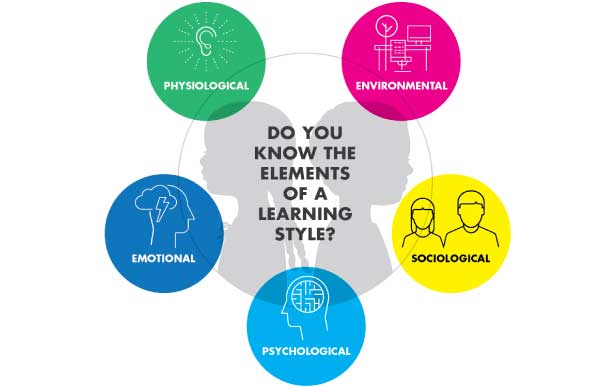Learning Style
COUNSELLING>LEARNING STYLE
A learning style is an individual's preferred way of acquiring and processing information. It refers to the particular methods, strategies, and techniques that a person uses to most effectively understand and retain information.
There are many different models of learning styles, but most commonly recognized are:
- 1. Visual (spatial): People who prefer visual learning tend to learn best by seeing information, such as through diagrams, videos, and pictures.
- 2. Auditory (aural): People who prefer auditory learning tend to learn best by hearing information, such as through lectures, discussions, and audio recordings.
- 3. Kinesthetic (tactile): People who prefer kinesthetic learning tend to learn best through physical experience, such as through hands-on activities, experiments, and simulations.
- 4. Reading/Writing (linguistic): People who prefer reading/writing learning tend to learn best through written and spoken language, such as through reading, writing, and language-based activities.
Understanding one's own learning style can be helpful in several ways:
- 1. Improving Study Habits: By recognizing your preferred learning style, you can tailor your study habits to better suit your needs and improve your overall performance.
- 2. Enhancing Classroom Experience: You can work with your teacher to find ways to incorporate your learning style into your classroom experience.
- 3. Making Career Choices: Understanding your learning style can help you choose a career that is a good fit for your strengths and preferences.
It is important to note that individuals may use different learning styles in different situations, and that the most effective learning often involves a combination of multiple styles. Furthermore, a person's learning style may change over time, as they gain new experiences and encounter new information.

